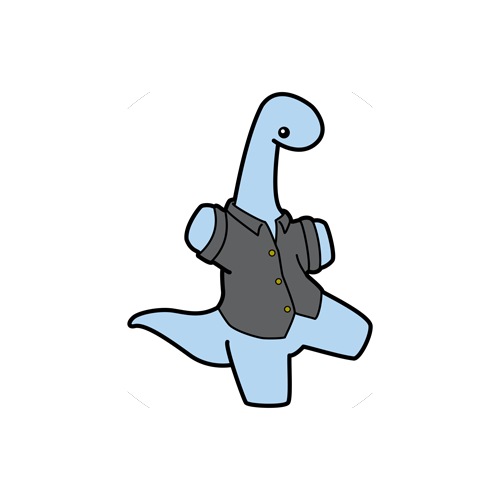Journey for Bernie: Behind the scenes (pt. 1)
/Now that I’ve finally released Journey for Bernie into the wild, I’d like to talk about how it all happened.
The song itself started as a tune I was humming in the car and eventually grew into a GarageBand file with no future. I can talk more about the music if there’s a demand for it, but I’m mostly interested in sharing the process of stop motion filmmaking.
I had about seven months before I start my first full-time job as an animator, so I decided to spend them making a film. I already had a song for Bernie, I’ve always wanted to do a music video, and I felt very deeply that we are living in a moment in time where I need to be able to tell my grandkids (should they come to exist) that I did everything I could to preserve democracy and build a good world for them to live in.
And thus began the animation process! Deciding to turn a song into a music video is a pretty big task, especially when you don’t really have a budget. I should say that I did have some nice equipment from the beginning, including a digital DSLR camera, a very smooth sliding rig (about $200), a character rig that a very talented friend made me (shoutout to Bismark Fernandes), access to a bandsaw (also about $200), and a couple C-stands. Aside from that, I was using three IKEA desk lamps for my lights, lighting gels I bought for like $18 from Amazon (sorry Bernie!), scrap wood, cardboard, foam core, cut paper, wire, and craft store felt.
I knew I needed to make this both quickly and cheaply; I had just come off directing the short film Con Fuerza, where I’d come to fully appreciate how long and how arduous the stop motion process is. This and the fact that my shoot space was a literal closet is how I came to the idea of building a track system (onto a night stand from Craigslist), like this:
The tracks themselves were cut from one piece of backing for a large bookshelf.
I decided early to use the slider vertically, as nothing else would give me such a precise level of control over moving set pieces on and off in that direction.
Once I had a stage and a scale set, I was ready to start simultaneously planning the short in a process called storyboarding and doing animation tests, which I’ll cover in the next entry!
-Andrés


